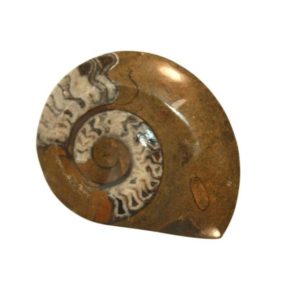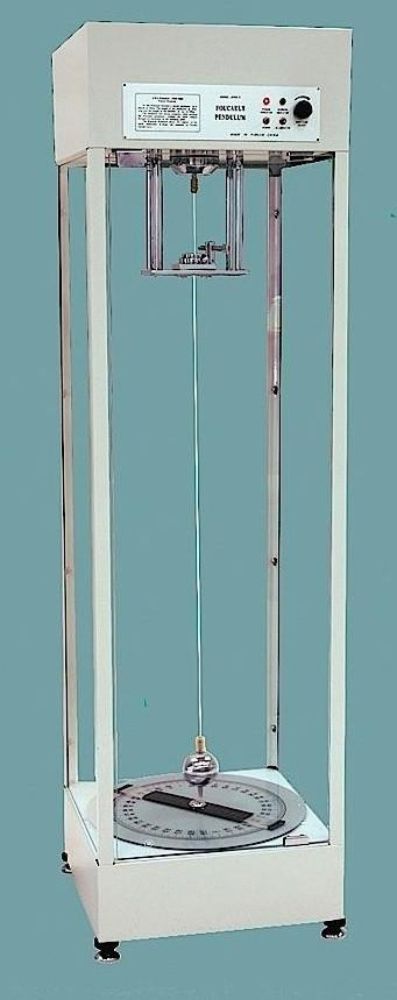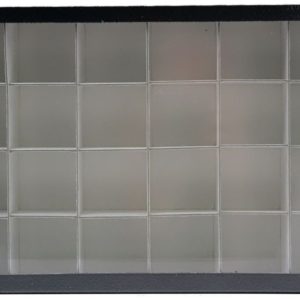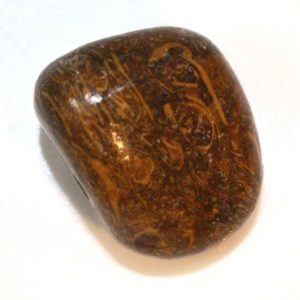
Shop
Foucault’s Pendulum: Earth’s Rotational Axis Demonstration for Advanced Physics Labs
$2,299.95
Foucault’s Pendulum: Earth’s Rotational Axis Demonstration for Advanced Physics Labs
10 in stock
Description
Foucault’s Pendulum Apparatus
by United Scientific
A carefully constructed miniature of Leon Foucault’s famous device is housed in a glass case. Easily disturbed by even the smallest of environmental forces, the glass case eliminates any potential drafts, while the base has heavy vibration-damping capabilities with four leveling feet. The pendulum itself is electrically maintained via 110VAC (power cord included) to counter air resistance damping, and has the ability for the swing amplitude to be adjusted using a potentiometer. The steel frame surrounding Foucault’s pendulum makes it suitable to be on permanent display, and features a plaque bearing a brief description of Foucault’s original experiment.
The suspension device on the apparatus ensures that the pendulum’s rest position is accurately centered over the graduated circle below the bob, while the graduated circle itself has an adjustable, double-ended marker bar to be used for the precise measurement of the plane of swing, when tracking the precession rate.
In 1851, Leon Foucault created an experiment at the Pantheon in Paris. He used a 27kg pendulum bob that was suspended on a 67m wire, demonstrating that the pendulum’s plane of swing precessed with the rotation of the earth. It was the first direct and dynamic evidence that the Earth rotates about a polar axis.
One of the biggest problems with Foucault’s pendulum is that the theory of precession can be poorly explained. At the Earth’s poles, the plane of the swing will remain constant relative to the fixed stars. It also appears, to an Earth-based observer, to rotate once ever sidereal (time-keeping system to keep track of the direction to point a telescope to view a given star in the night sky) day. Meanwhile at the equator, the plane of the swing will co-rotate with the Earth, causing the pendulum to appear to not precess.
At other latitudes, the behavior will be an intermediate between these extremes, with the pendulum precessing with respect to both the Earth and the fixed stars. The apparent precession takes two days at 30°. If the motion is analyzed using a co-rotating coordinate system, then the force that is causing the precession is just the Coriolis force (deflection of moving objects when viewed in a rotating reference frame) being experienced by the moving bob.
Additional Information
| Weight | 49.895 kg |
|---|---|
| Manufacturer | United Scientific |

 Jumbo Gypsum Desert Rose Mineral Crystal Rock 2-2.5 Inch w Info Card
Jumbo Gypsum Desert Rose Mineral Crystal Rock 2-2.5 Inch w Info Card
 Snowflake Dark Obsidian Rock Tumbled .5 - 1 Inch with Info Card
Snowflake Dark Obsidian Rock Tumbled .5 - 1 Inch with Info Card
 Safety Glo Tiddler Pond Net - Yellow
Safety Glo Tiddler Pond Net - Yellow
 Small Snowflake Obsidian Rock Tumbled .5-1 Inch w Info Card
Small Snowflake Obsidian Rock Tumbled .5-1 Inch w Info Card
 Large Lodestone Rock Naturally Occurring Magnet 1.5 - 2.5 Inch
Large Lodestone Rock Naturally Occurring Magnet 1.5 - 2.5 Inch
 Large Polished Ammonite Fossil 3.75 Inches
Large Polished Ammonite Fossil 3.75 Inches



Reviews
There are no reviews yet.